Best-in-class Integrated Engineering Consultancy Solutions
Concept to Commissioning
A melting pot of engineering expertise and
innovation focusing on delivering value
Integrated Engineering Solutions Provider
with a Global Footprint
Partnering through the entire asset life cycle; right from concept to commissioning. Integrated engineering solutions provider you can trust.
Of Technical Excellence
Projects Across 60+ Countries
Worth of Project Being
Managed
Engineers
Projects Delivered
Continents Touched
Decades of Engineering Excellence


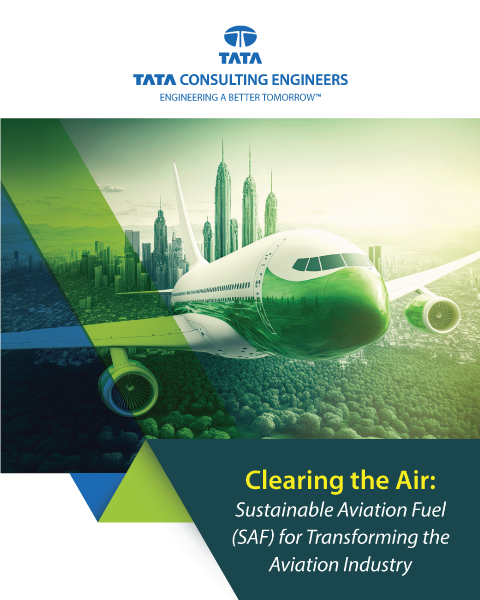
Clearing the Air: Sustainable Aviation Fuel (SAF) for T...
Read More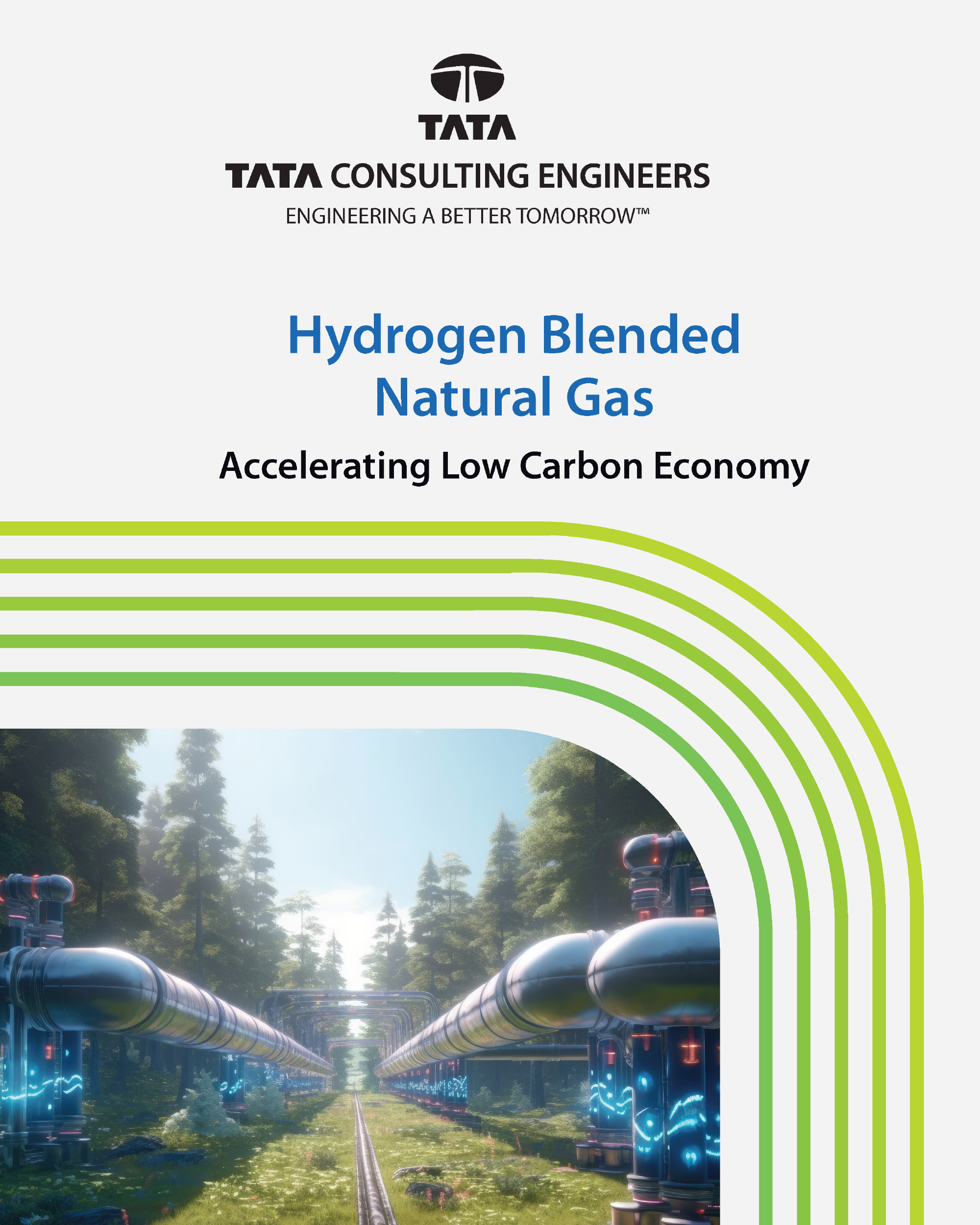
Hydrogen Blended Natural Gas
Read More
Hydrogen Storage Technologies
Read More
Role of Green Hydrogen in the Future of Ammonia
Read More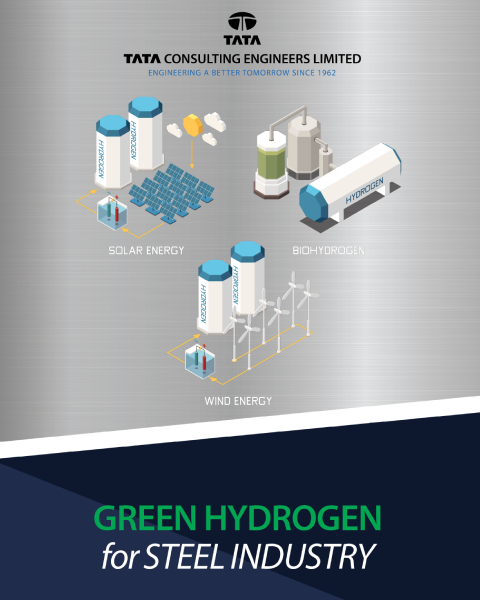
Green Hydrogen for Steel Industry
Read More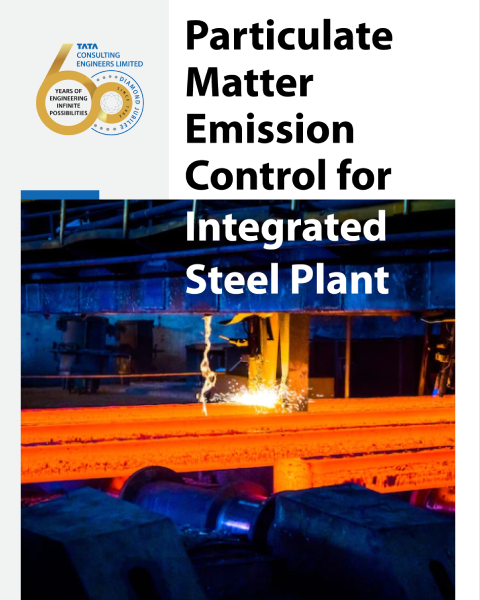
Particulate Matter Emission Control for Integrated Stee...
Read More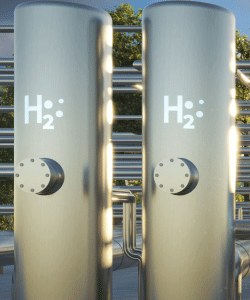
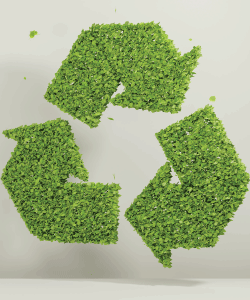
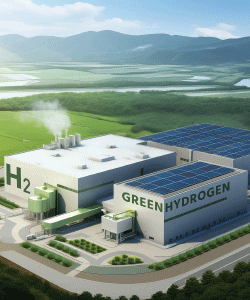
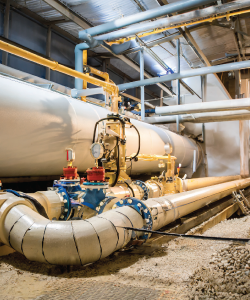

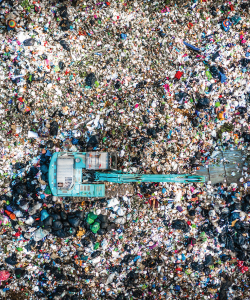
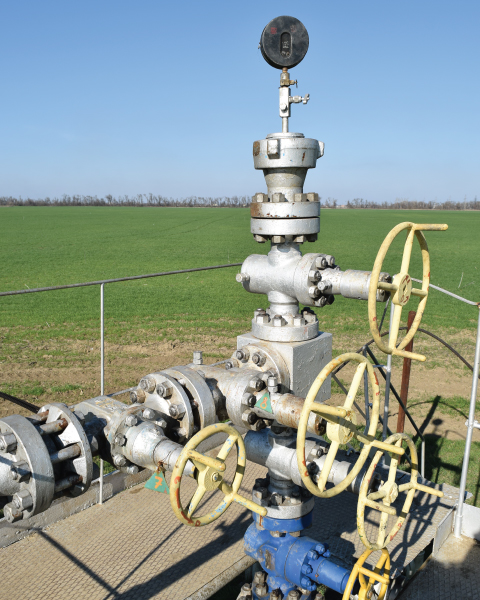
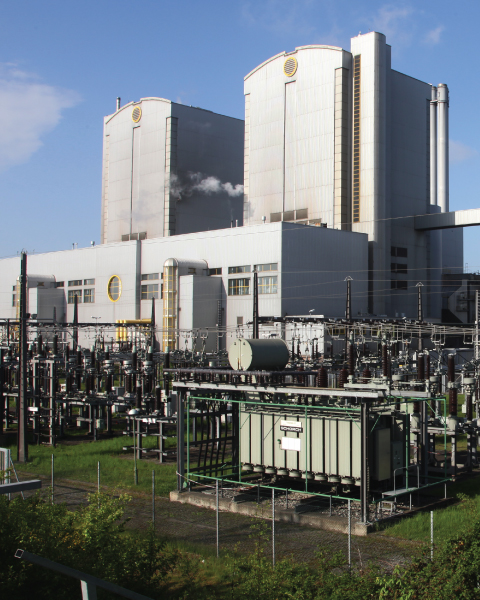
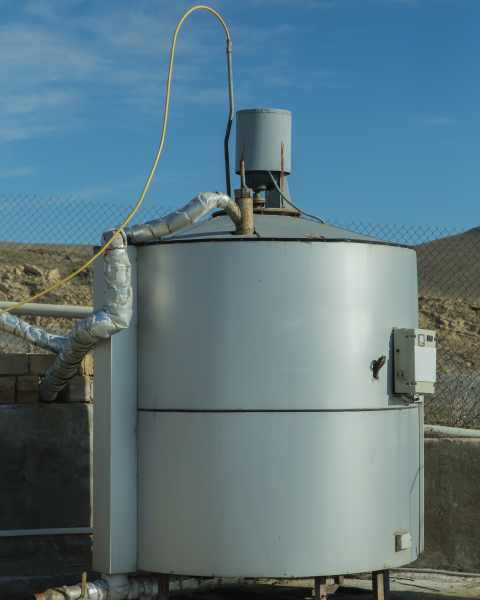
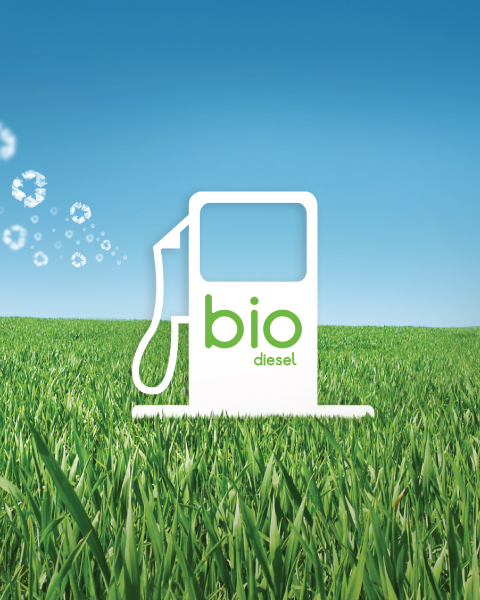


5G Technology is a Game-Changer for Industry 4.0
Read MoreElectrical Power Distribution System – Green Hydrogen & Green Ammonia Plant
Read MoreStability and Durability of Water Electrolysers
Read MoreAre expectations from a Project Manager different vis-à-vis an Engineering Manager?
Read MoreSustainable Circular Economy
Read MoreEnergy Transition – Role of Private Sector in growth of Nuclear Power in India
Read More© Tata Consulting Engineers Limited. All Rights Reserved | Site Credits:DV






